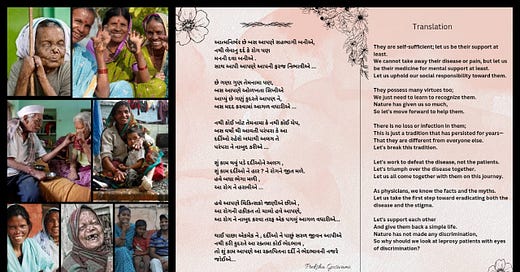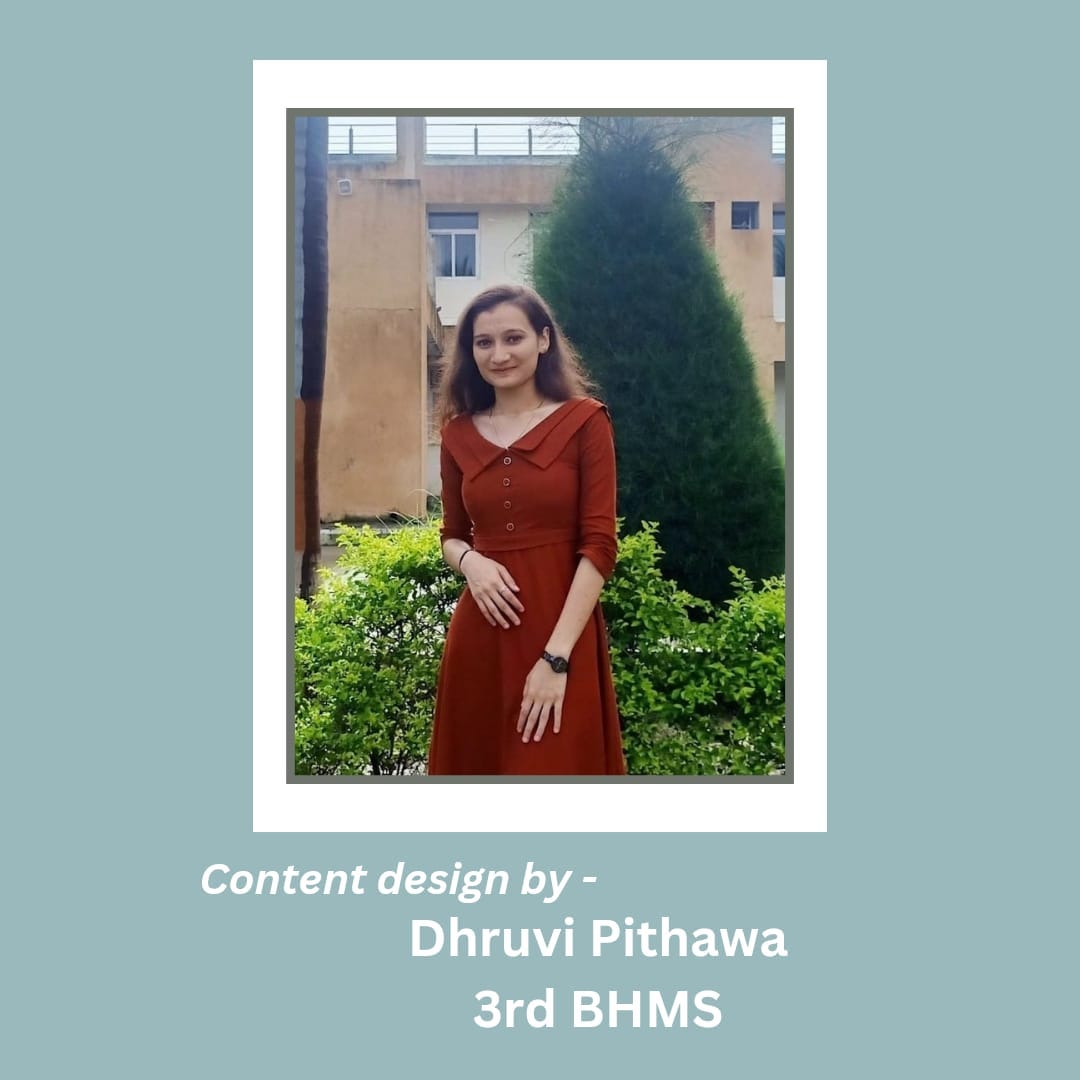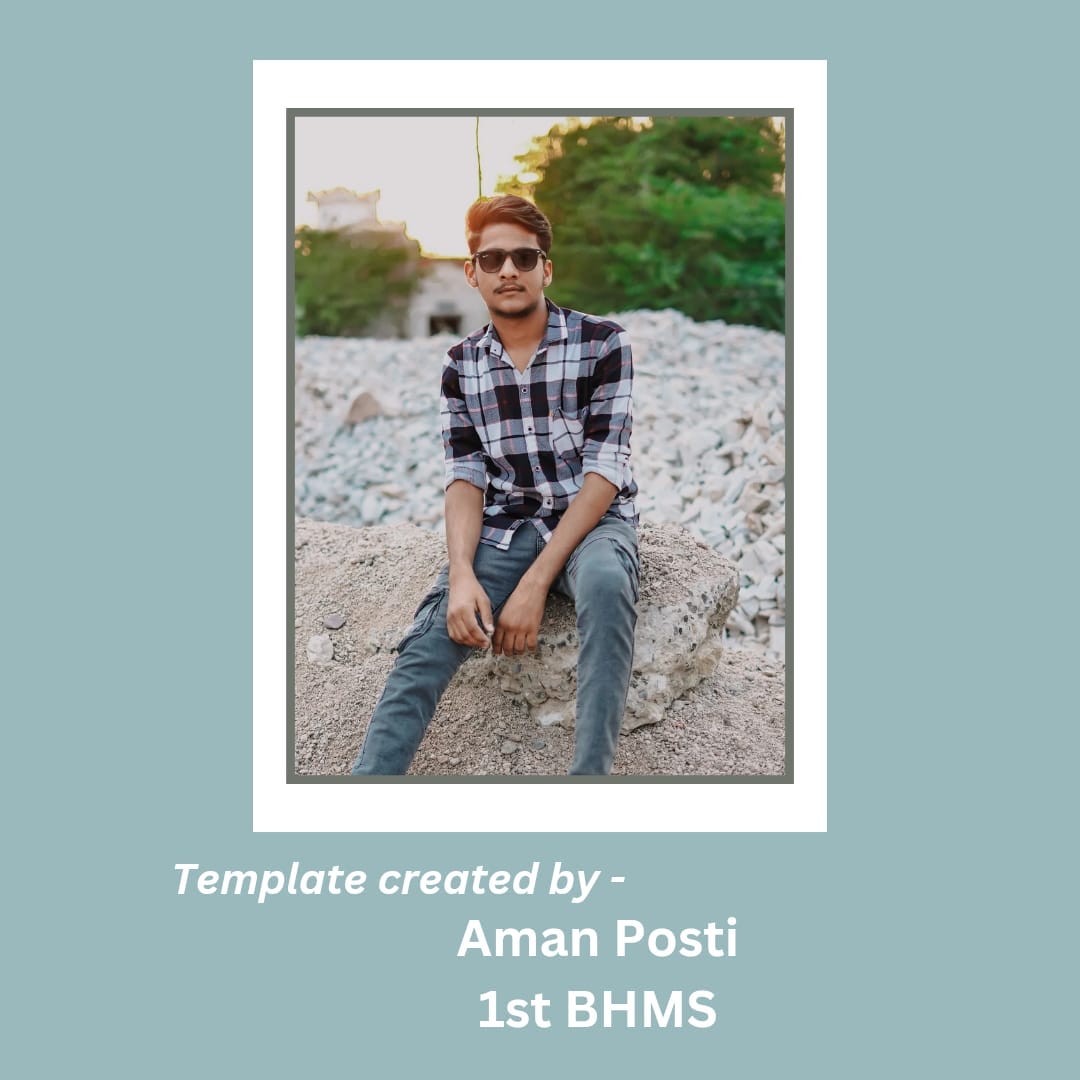Social determinants of health (SDH), as defined by the World Health Organization, are the conditions, in which people are born, grow, work, live, and age, and they significantly influence health outcomes more than clinical care alone. Despite advancements in medicine, health disparities persist due to the insufficient integration of social factors into holistic patient care. Research indicates that medical education lacks sufficient training on SDH, leading to healthcare professionals often overlooking patients' social needs in practice. Addressing SDH in undergraduate medical education is crucial for equipping future physicians to tackle health disparities and promote health equity in a changing healthcare environment. An educational visit by students to Shram Mandir Ashram to witness Leprosy patients on 26/10/23 highlighted the profound impact of understanding patients' social environments on students' knowledge, attitudes, and behaviors. It was a powerful reminder that true healing goes beyond just treating physical symptoms.
“Before the visit, many of us were nervous. We wondered why we were going to see Leprosy patients and feared the possibility of being infected. However, as soon as we entered the ashram, it felt like we had stepped into another world. Despite our hesitations, the residents welcomed us with open arms and warm smiles, as if we were old friends. Their positivity was magnetic, drawing us in. Nevertheless, behind those smiles, we could sense deep pain—a pain that we soon began to understand.
These people wanted to be acknowledged, to be heard, to be visited, and to be treated as equals. Even today, despite Leprosy being curable, the stigma attached to it lingers. This stigma affects every aspect of their lives—physical, psychological, social, and economic. Many are forced to live in isolated colonies, away from their families and communities. Even those who remain within society are often shunned and excluded. They are denied access to education, employment, and sometimes even basic community resources like water. The fear of discrimination prevents many from seeking the medical treatment they need. Shockingly, some even face bias from healthcare workers who are supposed to care for them.
The visit was an emotional experience for all of us. I saw students, who were usually less engaged, greeting each resident with genuine empathy. Some of my classmates had tears in their eyes as they listened to the unspoken stories of these brave souls. Others were so absorbed in the moment that they lost track of time. These residents had won their battle with the disease, but they were still fighting a war with society and, heartbreakingly, with their own families who had abandoned them. In their presence, my own struggles and pain felt insignificant. I realized how much I had taken my own life for granted.
The residents demonstrated an incredible resilience. Despite facing unimaginable challenges, hope shone brightly in their eyes. Their physical disabilities had not stopped them from living their lives fully. We entered the ashram wearing masks, afraid of getting infected, but by the time we left, those masks were gone. We had purchased handwoven goods made by the residents, eager to support them. We left the ashram not with fear, but with warmth, love, hope, and a newfound sense of motivation that they had ignited within us.
This experience will stay with me forever. It was a powerful reminder that as future physicians, our role extends far beyond treating illnesses. We are healers of the body, mind, and soul. And sometimes, the most meaningful healing comes from simply acknowledging the humanity in each person we meet.
In that brief visit, I saw a new kind of humanity blooming among us—one that understands the deeper dimensions of our existence and the true essence of care.”
Rhymes of Reflection by Preksha Goswami
Authors
Content Creator Team











Wonderful initiative! Best wishes
Dr Sunil Anand
Awesome experience, we visited in our college days with similar experience.🙏👌